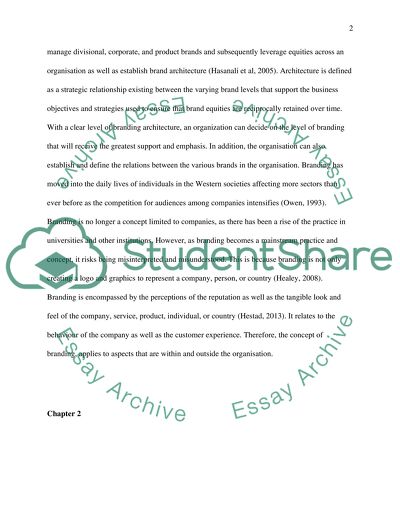Cite this document
(“Branding Research Proposal Example | Topics and Well Written Essays - 2000 words”, n.d.)
Branding Research Proposal Example | Topics and Well Written Essays - 2000 words. Retrieved from https://studentshare.org/marketing/1635029-branding
Branding Research Proposal Example | Topics and Well Written Essays - 2000 words. Retrieved from https://studentshare.org/marketing/1635029-branding
(Branding Research Proposal Example | Topics and Well Written Essays - 2000 Words)
Branding Research Proposal Example | Topics and Well Written Essays - 2000 Words. https://studentshare.org/marketing/1635029-branding.
Branding Research Proposal Example | Topics and Well Written Essays - 2000 Words. https://studentshare.org/marketing/1635029-branding.
“Branding Research Proposal Example | Topics and Well Written Essays - 2000 Words”, n.d. https://studentshare.org/marketing/1635029-branding.


